How Does Vinyl Siding Compare to Other Materials Like Wood or Fiber Cement?
By Scott & Karen Dillman | August 11, 2025
Highlights:
- Vinyl siding is cost-effective and low-maintenance compared to wood or fiber cement.
- Wood siding offers natural beauty but requires more upkeep and is susceptible to rot.
- Fiber cement provides durability and fire resistance but at a higher price and labor cost.
- Each siding material offers unique pros and cons based on budget, aesthetics, and climate.
- Dillman Brothers provides expert siding consultations in Urbana, IL to help homeowners make informed decisions.
Understanding the Basics of Vinyl Siding
Vinyl siding is made from polyvinyl chloride (PVC) and has become a popular choice for homeowners due to its affordability and low maintenance requirements. It is available in a wide variety of colors and styles, making it adaptable for various architectural designs. One of its key advantages is that it does not require painting, staining, or sealing—tasks that are often necessary with other siding materials. In Urbana, IL, where seasonal weather changes are common, vinyl siding’s resistance to moisture and UV rays makes it an appealing option for long-term durability.
Comparing Cost and Installation Requirements
Vinyl siding is typically less expensive to purchase and install than wood or fiber cement. According to Modernize, the average cost for vinyl siding ranges between $3 and $8 per square foot, while fiber cement can reach up to $13 and wood can range from $6 to $12. Labor costs for vinyl are also lower because it's lightweight and easier to install. In contrast, fiber cement requires specialized tools and safety gear due to the presence of silica dust during cutting. This difference makes vinyl more budget-friendly for most Urbana, IL homeowners.
Maintenance and Upkeep Differences
One of vinyl siding’s strongest selling points is its low maintenance. Unlike wood, which requires frequent sealing, painting, or staining to prevent decay and insect infestation, vinyl siding can be cleaned with just soap and water. Fiber cement, although more resistant to rot and pests, still needs periodic repainting and inspection for caulked seams. According to the International Association of Certified Home Inspectors (InterNACHI), vinyl siding can last 20–40 years with minimal upkeep. Homeowners seeking convenience often lean toward vinyl when weighing their long-term commitments.
Frequently Asked Questions
Is vinyl siding resistant to mold and mildew?
Yes, vinyl is resistant, but it should still be cleaned periodically to remove surface grime and prevent buildup.
How often does wood siding need to be repainted?
Typically every 3–7 years depending on the climate and paint quality.
Does fiber cement crack over time?
It can crack if improperly installed or exposed to shifting foundations, but it's generally quite durable.
Aesthetic and Curb Appeal Considerations
Each siding material offers a distinct visual appeal. Wood provides a rich, natural look that is often favored for historic homes and upscale aesthetics. Vinyl siding has improved over the years, with high-end options that mimic wood grain and offer contemporary colors. Fiber cement balances the two by offering a sturdy, textured appearance that can resemble wood, stucco, or masonry. Its durability and versatile look make it a popular choice for many homeowners. Dillman Brothers helps homeowners in Urbana, IL find the best match for their design preferences and resale goals.
Durability Against Weather and Environmental Factors
Weather resistance is crucial, especially in climates like Urbana, IL where temperature swings, wind, and moisture are frequent. Vinyl siding holds up well against rain and humidity but may become brittle in extreme cold or warp in high heat. Wood is vulnerable to rot, termites, and moisture damage, making it less ideal unless treated and maintained regularly. Fiber cement performs well in these conditions thanks to its durable, water-resistant makeup. It is known for standing up to harsh environments and offers resistance to fire, rot, and pests, making it a reliable option for long-term performance.
Environmental Impact and Sustainability
When it comes to eco-friendliness, wood siding can be considered sustainable if sourced responsibly, but its maintenance often involves harmful chemicals. Vinyl siding, while durable and recyclable, is made from petroleum-based products and may release toxins if burned. Fiber cement includes natural materials like sand and cellulose, but its production process consumes significant energy. Some homeowners prioritize long-lasting materials to reduce environmental impact over time. Considering these trade-offs, Urbana, IL residents often evaluate their values in terms of energy use, lifespan, and recyclability when making a decision.
Frequently Asked Questions
Can vinyl siding be painted?
While it is not required, it can be painted with vinyl-safe paint if color updates are desired.
Is fiber cement siding fire resistant?
Yes, fiber cement is non-combustible and often used in fire-prone areas for added safety.
What is the lifespan of wood siding?
With proper maintenance, wood siding can last 20–40 years, but it's heavily climate-dependent.
Impact on Home Value and Resale Potential
When evaluating siding for its effect on home value, fiber cement generally leads in return on investment due to its durability and aesthetic appeal. According to Remodeling Magazine’s 2023 Cost vs. Value report, fiber cement siding replacement recoups around 88% of its cost at resale. Vinyl siding follows closely with about 82% return, making both strong options. Wood siding, while attractive to certain buyers, may raise concerns about upkeep and pest control. In Urbana, IL, homes with newer siding—regardless of material—tend to sell faster, and Dillman Brothers regularly helps clients make market-conscious decisions.
Sound Insulation and Energy Efficiency
Vinyl siding can offer decent energy efficiency when combined with insulated backing, helping reduce drafts and utility costs. Wood siding naturally provides moderate insulation due to its density. Fiber cement, while not a great insulator on its own, can be paired with continuous insulation or energy-efficient underlayment to enhance performance. According to the U.S. Department of Energy, exterior cladding paired with proper insulation contributes significantly to energy savings. Urbana, IL homeowners looking to cut heating and cooling costs should consider not just the siding material but also how it integrates with wall insulation systems.
Repair and Replacement Considerations
Vinyl siding is easy to replace in sections, though color matching can be a challenge after several years. Wood siding can be patched or replaced in pieces, but finding an exact grain or finish may take effort. Fiber cement is more durable overall, but repairs are typically more labor-intensive and costly due to its weight and composition. Replacement needs also factor into long-term budgeting. Dillman Brothers assists Urbana, IL homeowners in planning both initial installation and future maintenance strategies to avoid expensive surprises down the road.
Frequently Asked Questions
Which siding material is best for noise reduction?
Fiber cement and insulated vinyl tend to provide better soundproofing than standard vinyl or wood.
Is vinyl siding prone to fading?
Yes, especially darker colors may fade over time due to prolonged sun exposure, though modern formulations help mitigate this.
Can I mix materials on my home?
Yes, many homeowners use vinyl or fiber cement for primary surfaces and wood as an accent for visual contrast.
Choosing What’s Right for Your Home
Each siding material—vinyl, wood, and fiber cement—has its strengths and trade-offs. Vinyl offers low cost and ease of maintenance, making it attractive for budget-conscious homeowners. Wood provides unmatched natural beauty but demands higher upkeep. Fiber cement delivers durability and resale value, albeit at a higher initial investment. In Urbana, IL, Dillman Brothers helps homeowners weigh these options carefully, considering both aesthetic goals and practical needs. Whether updating an older home or building new, choosing the right siding material can improve curb appeal, energy efficiency, and overall property value for years to come.
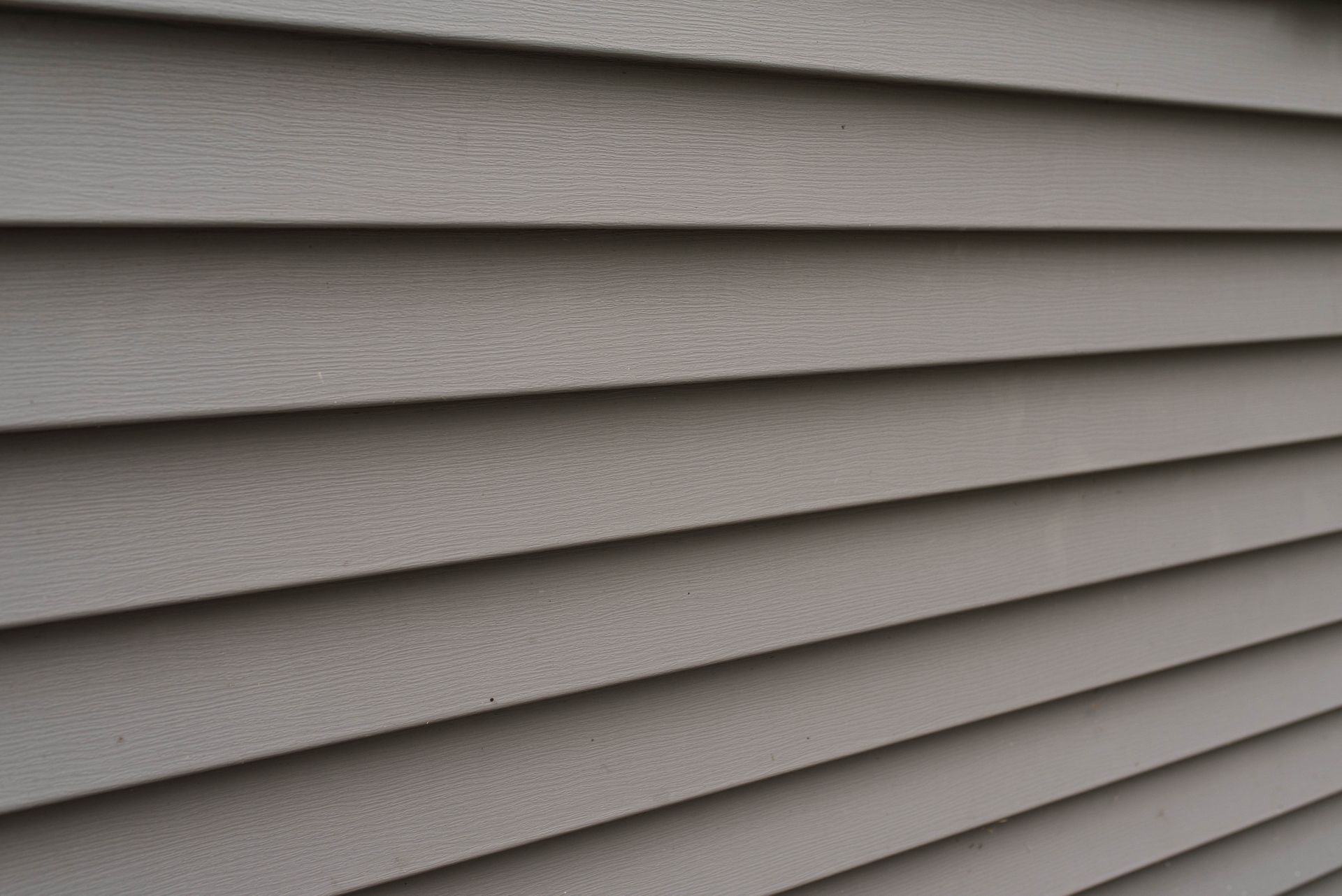

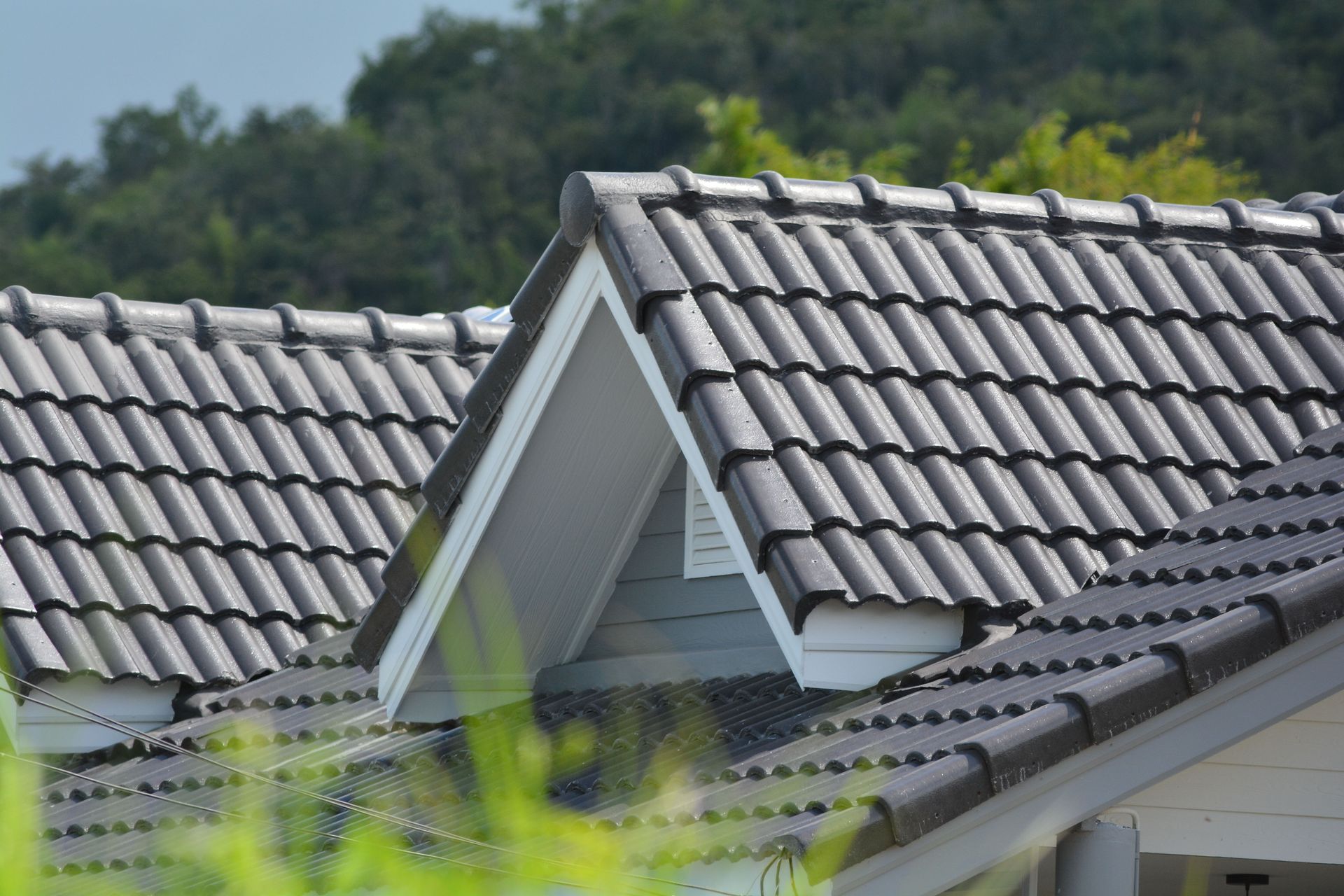
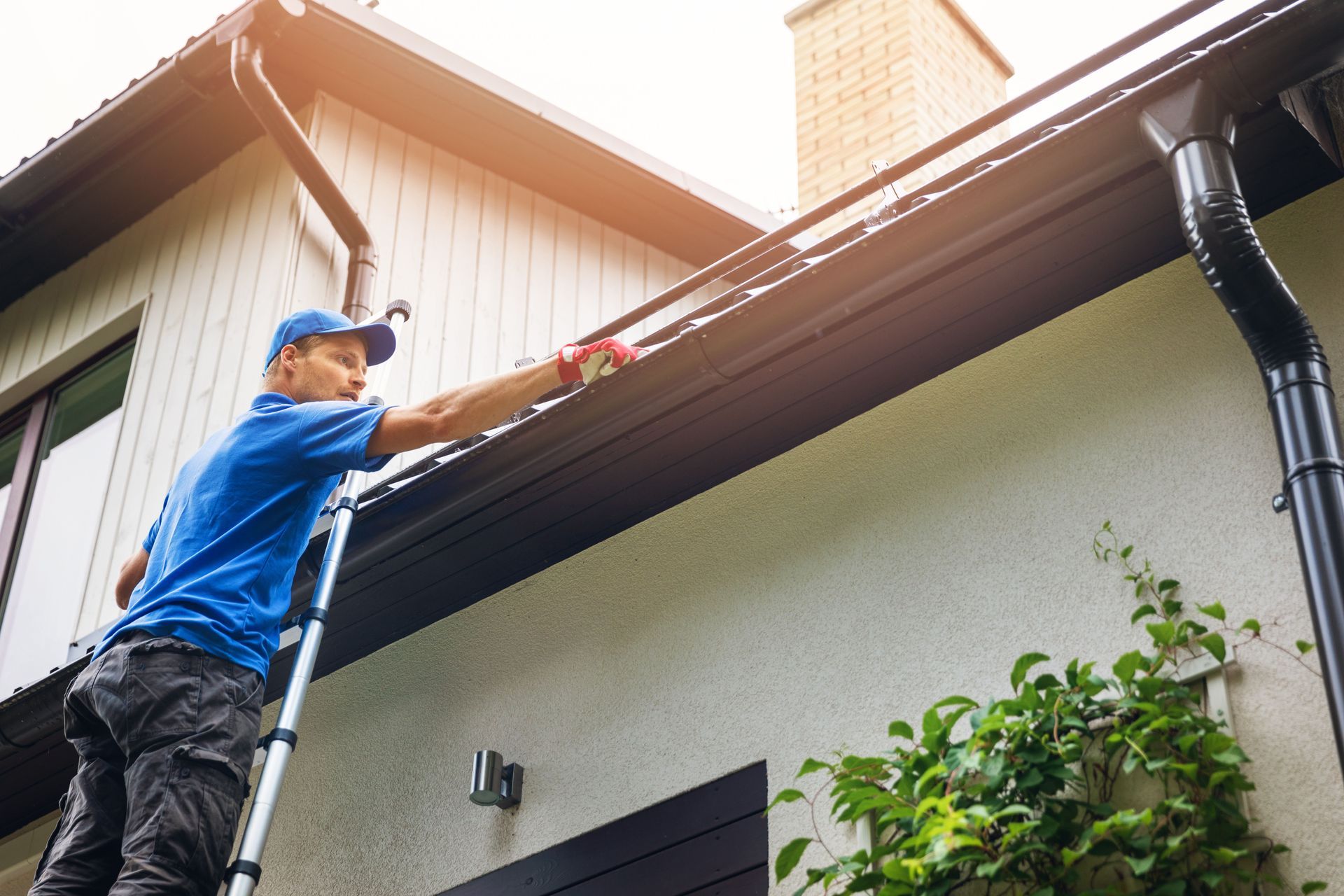

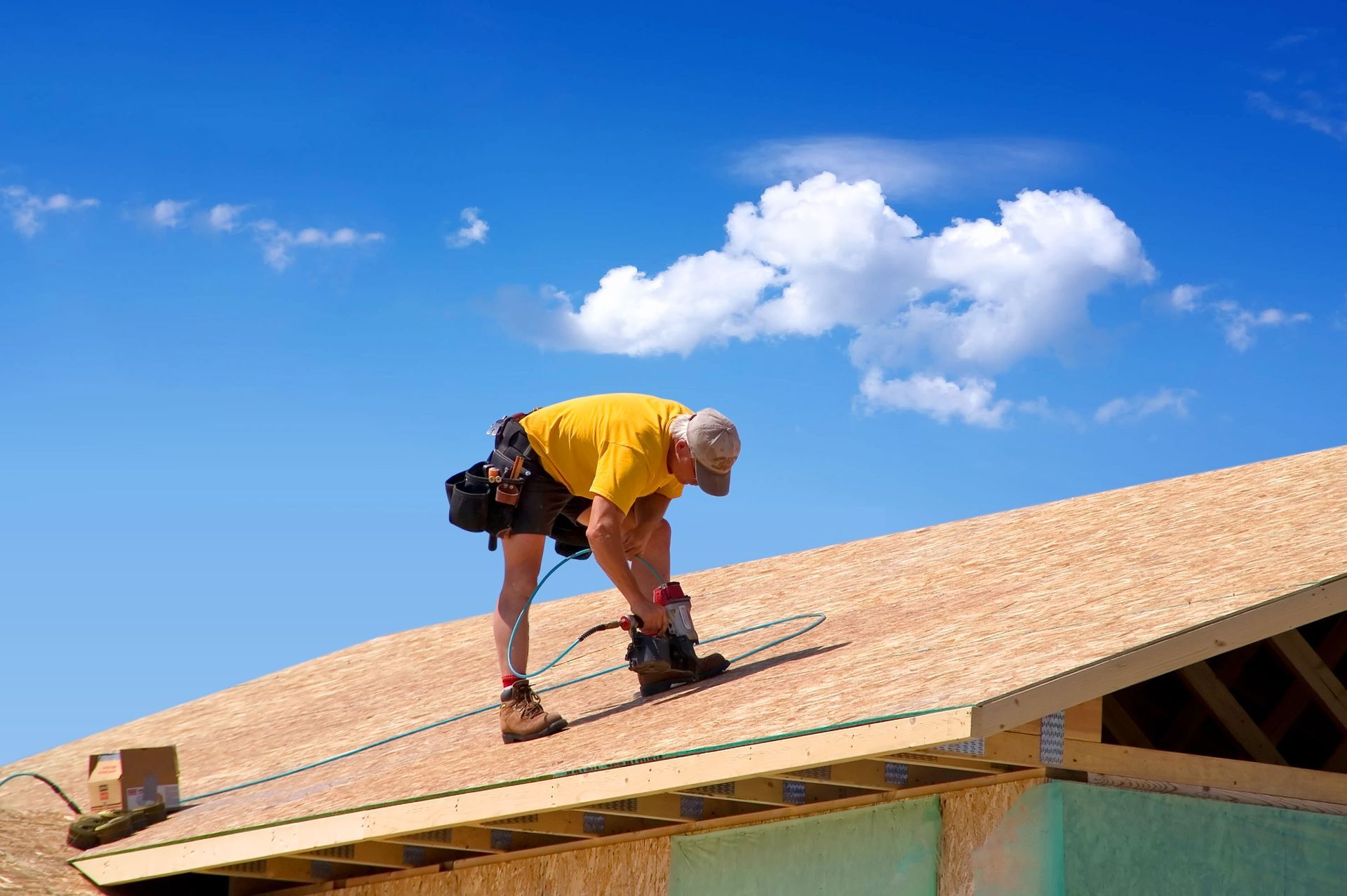
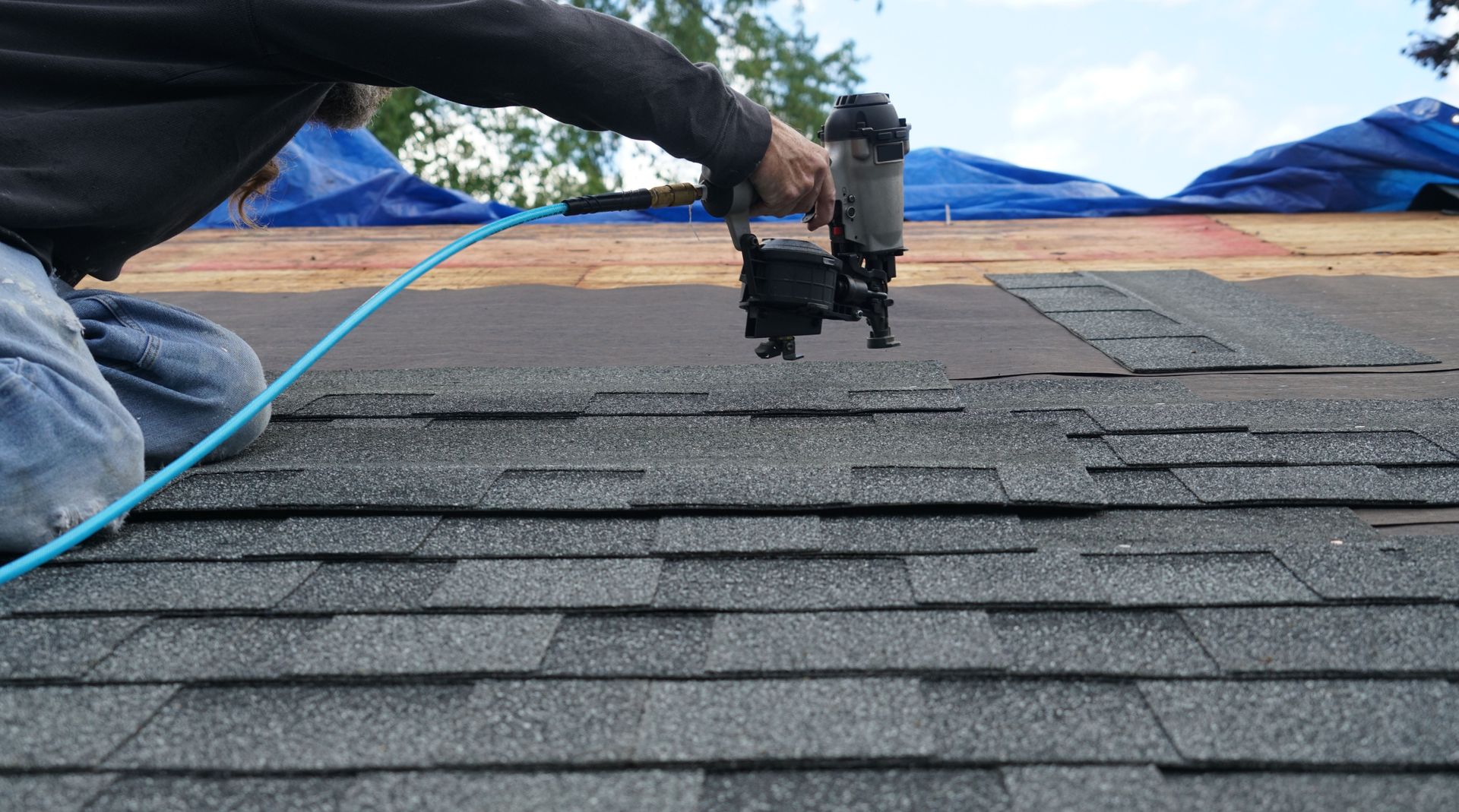

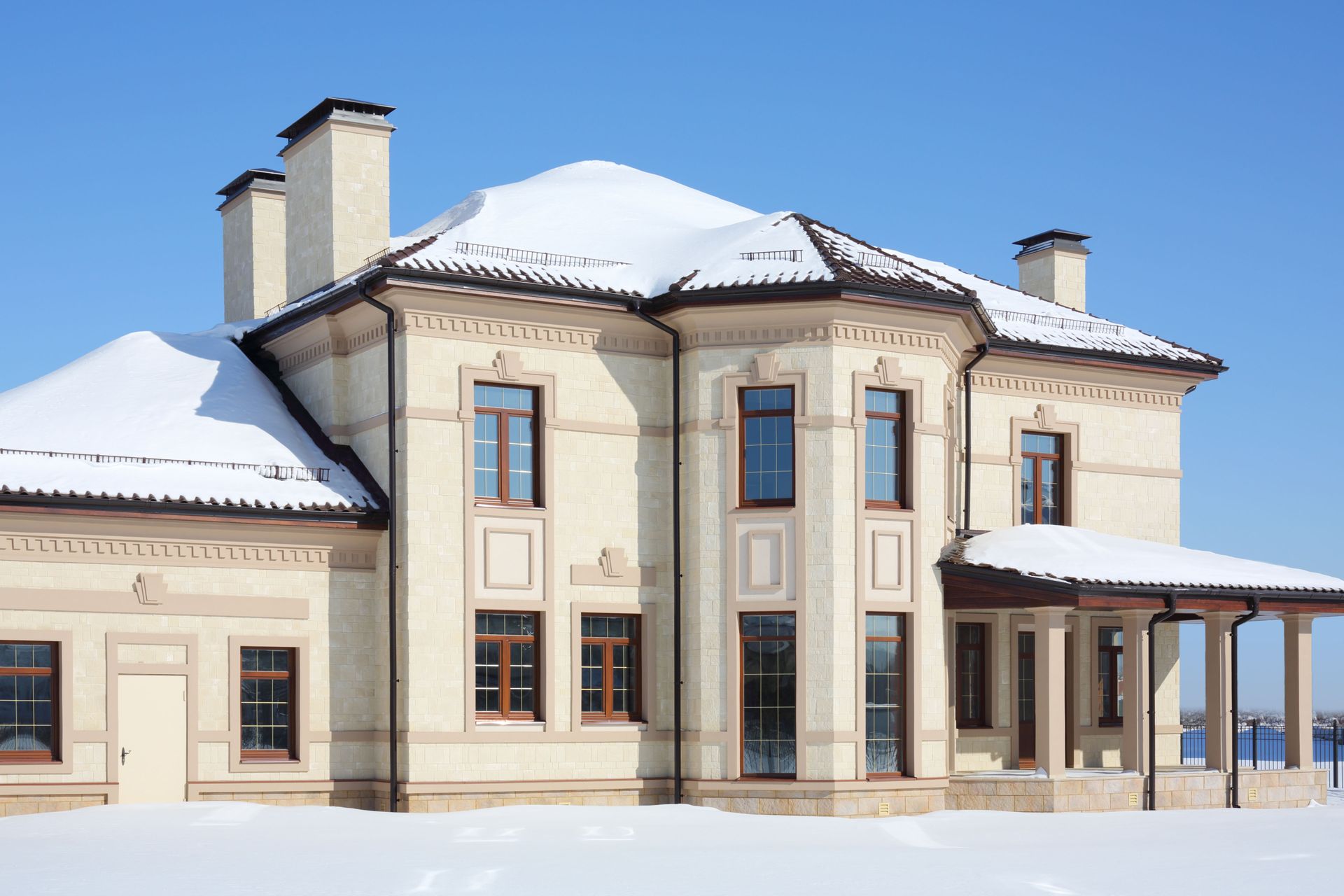
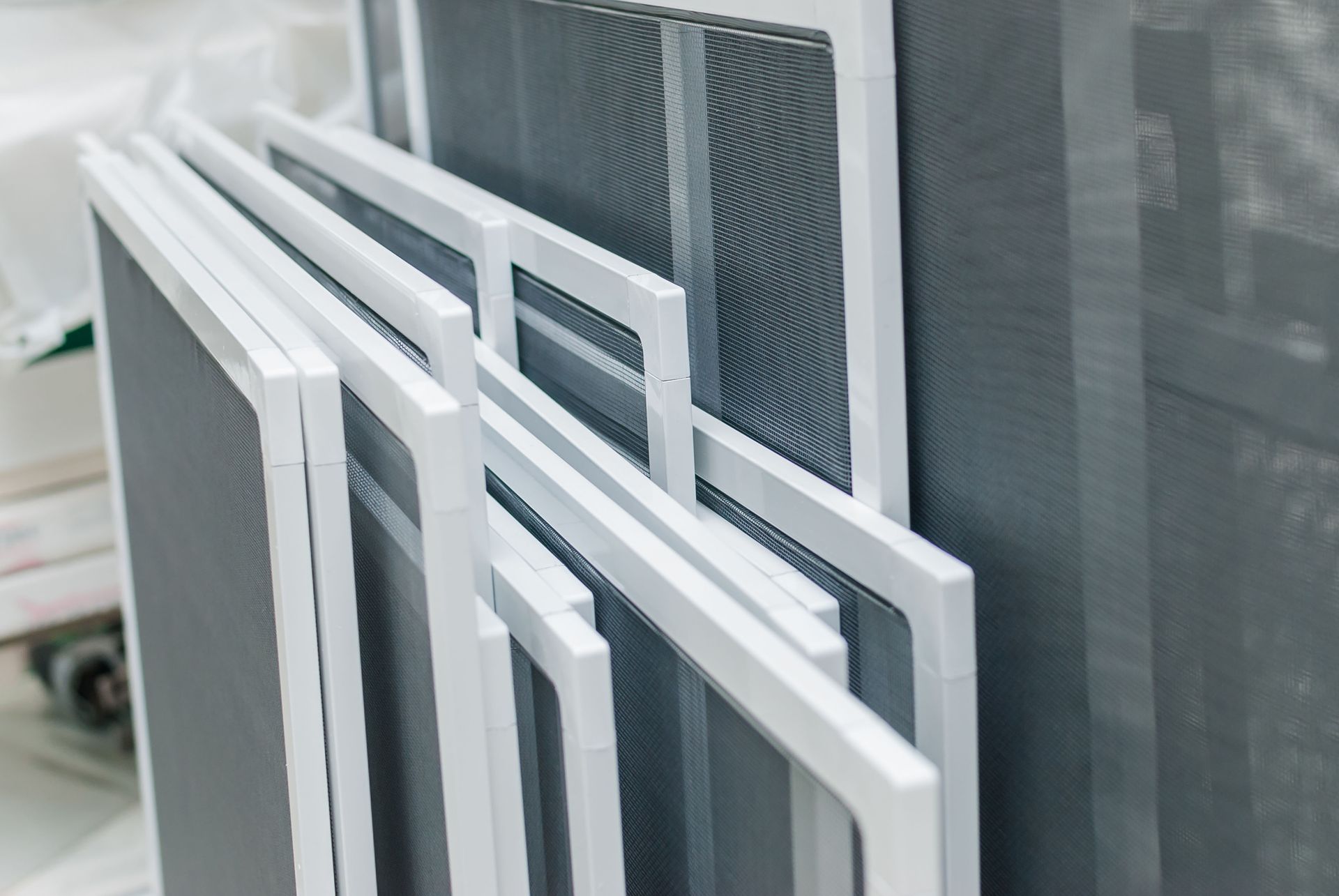

Share On: